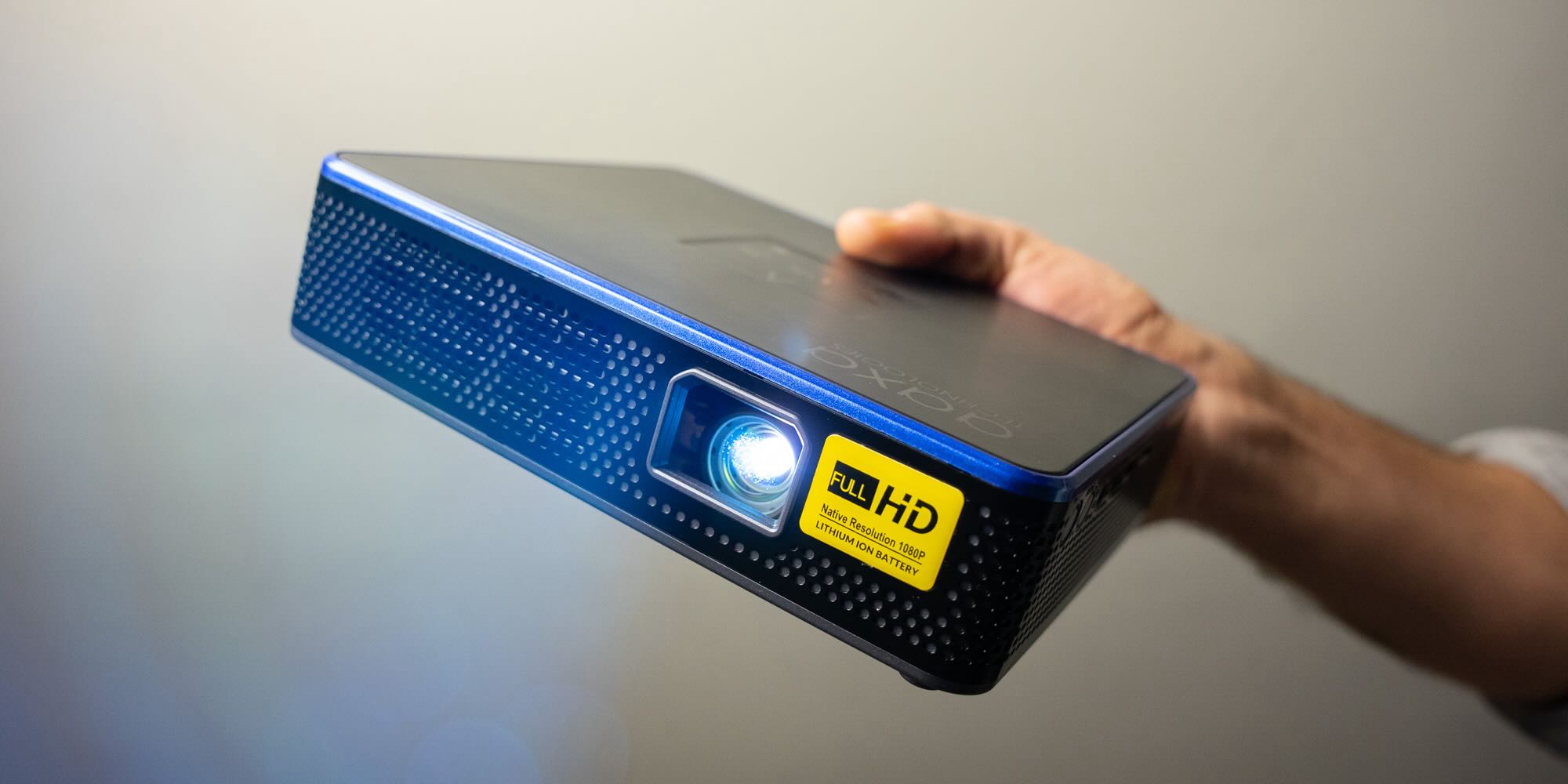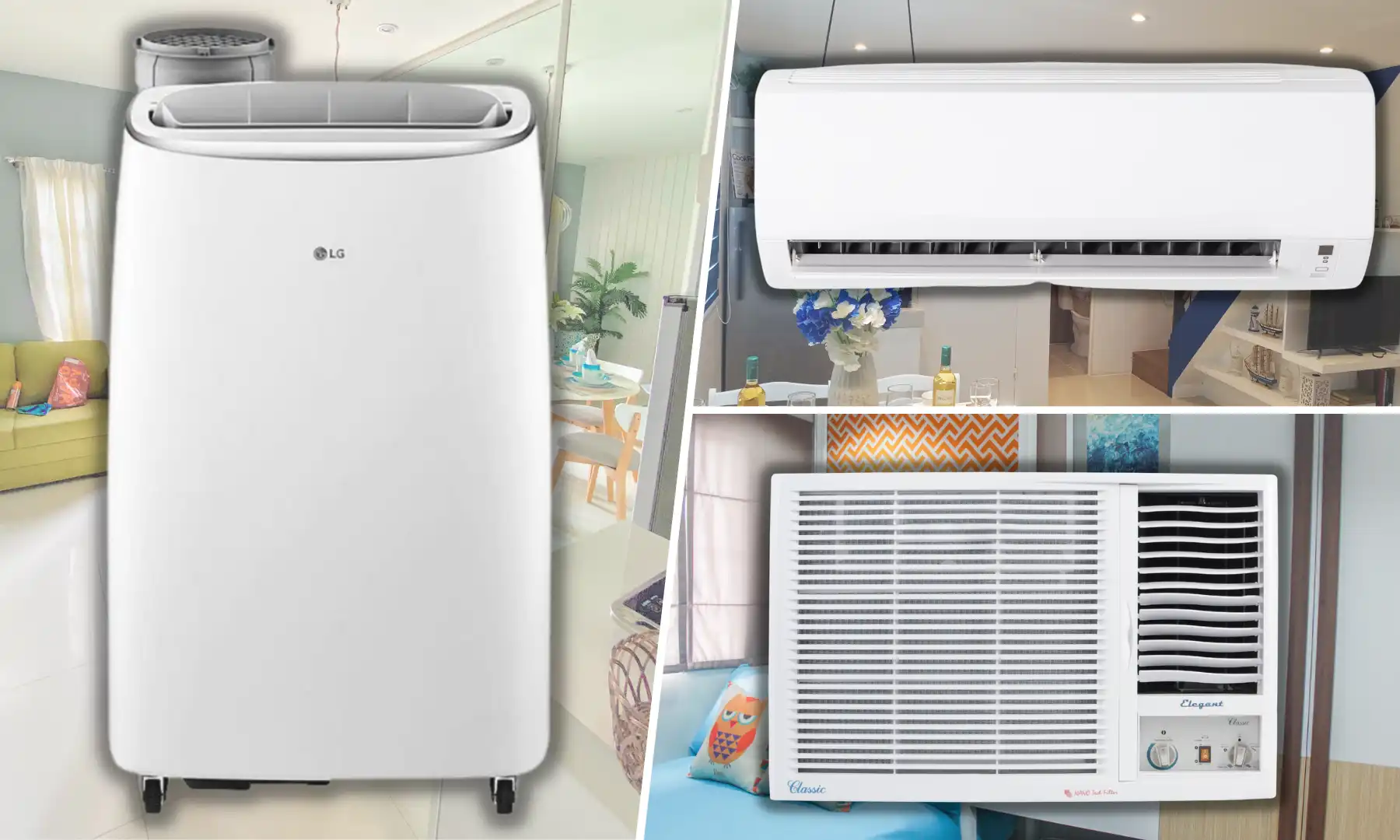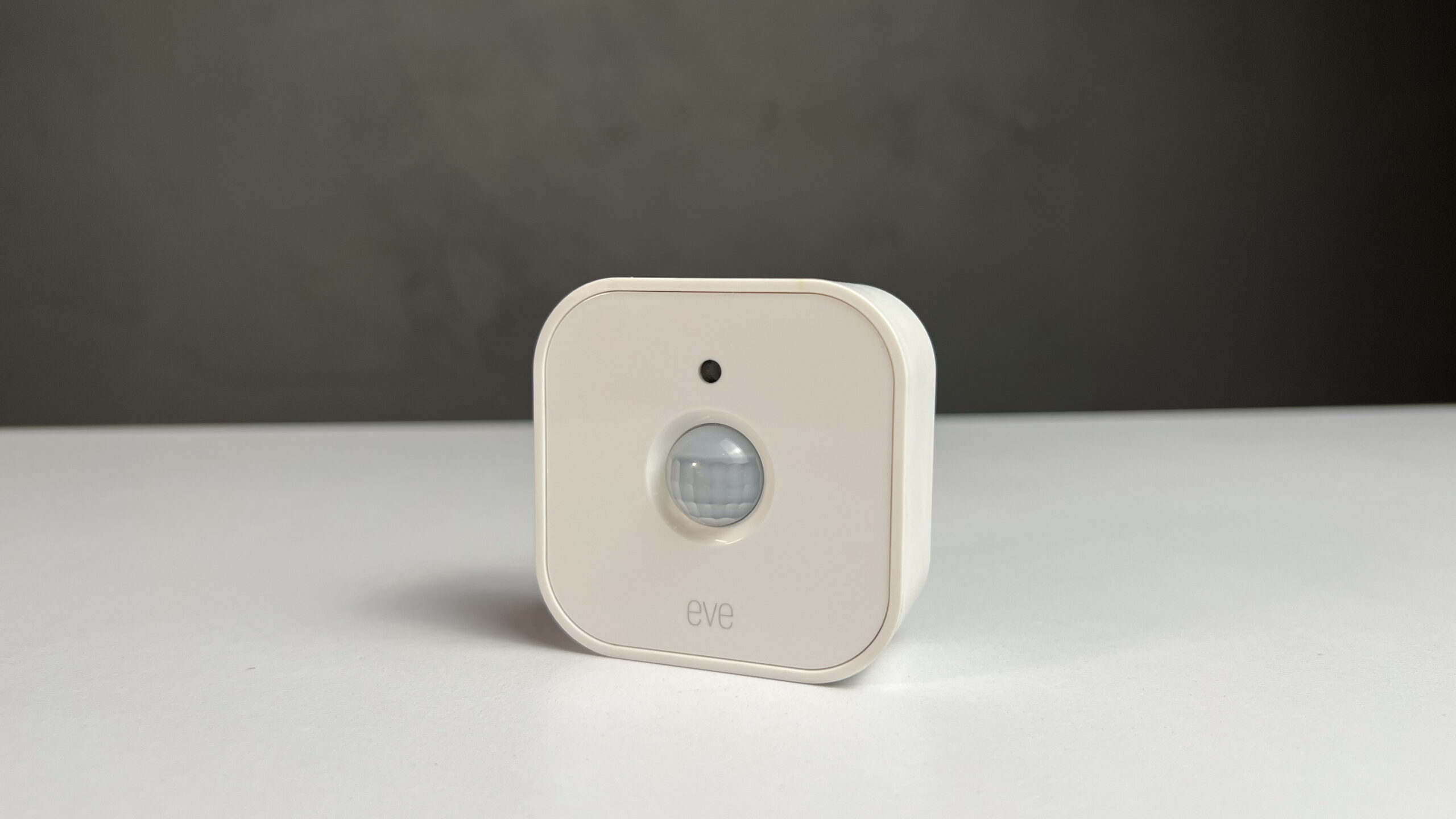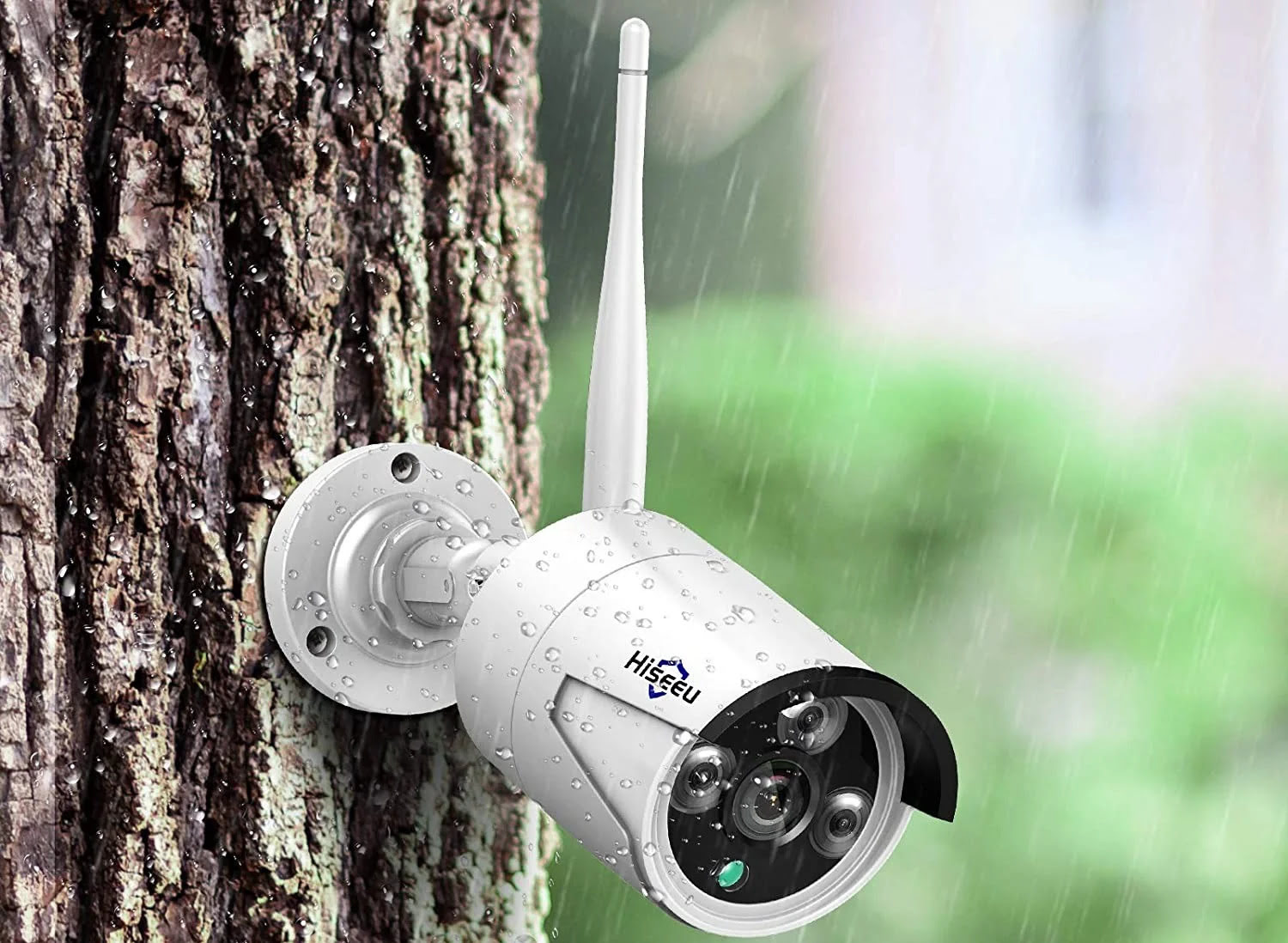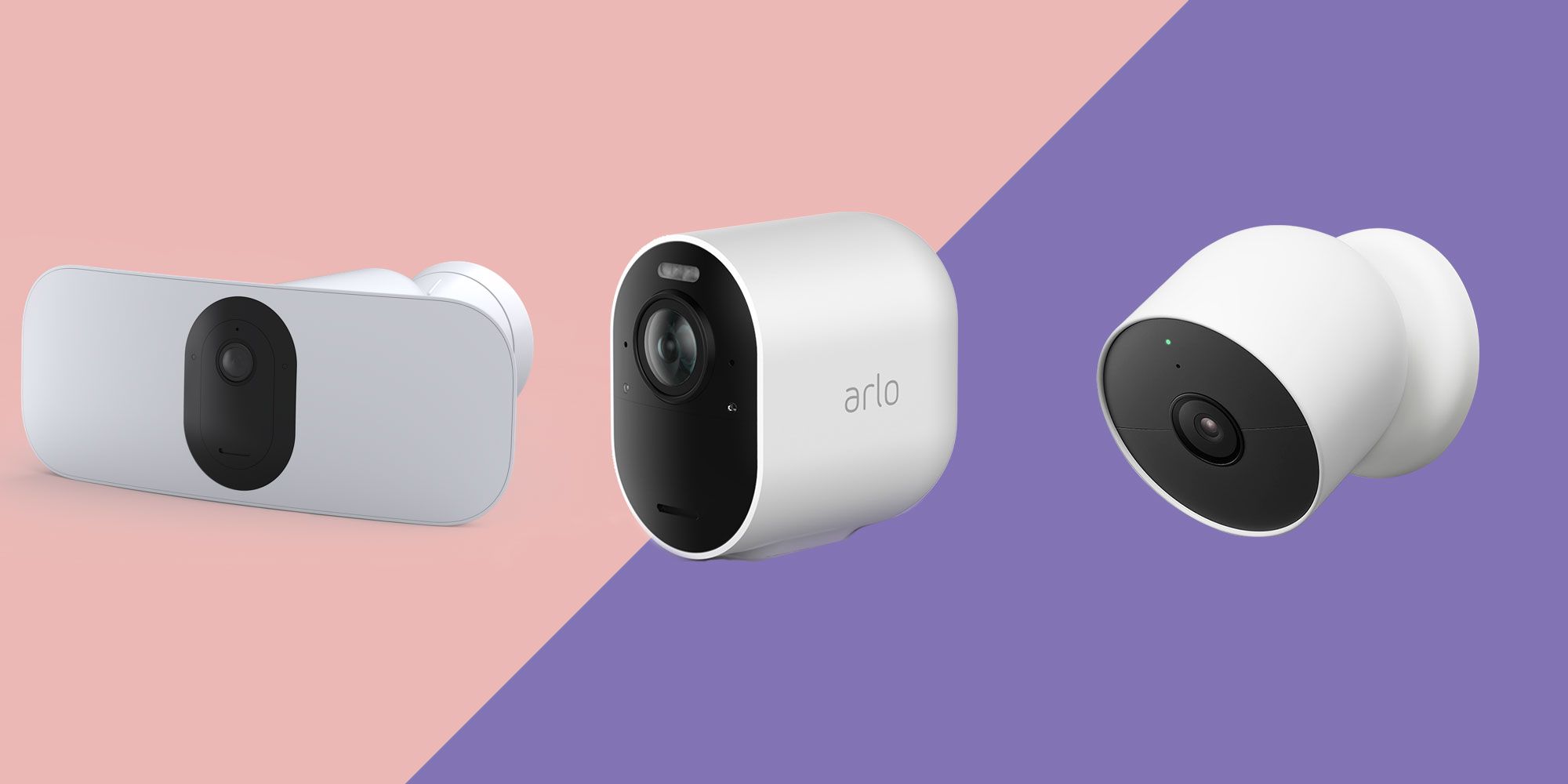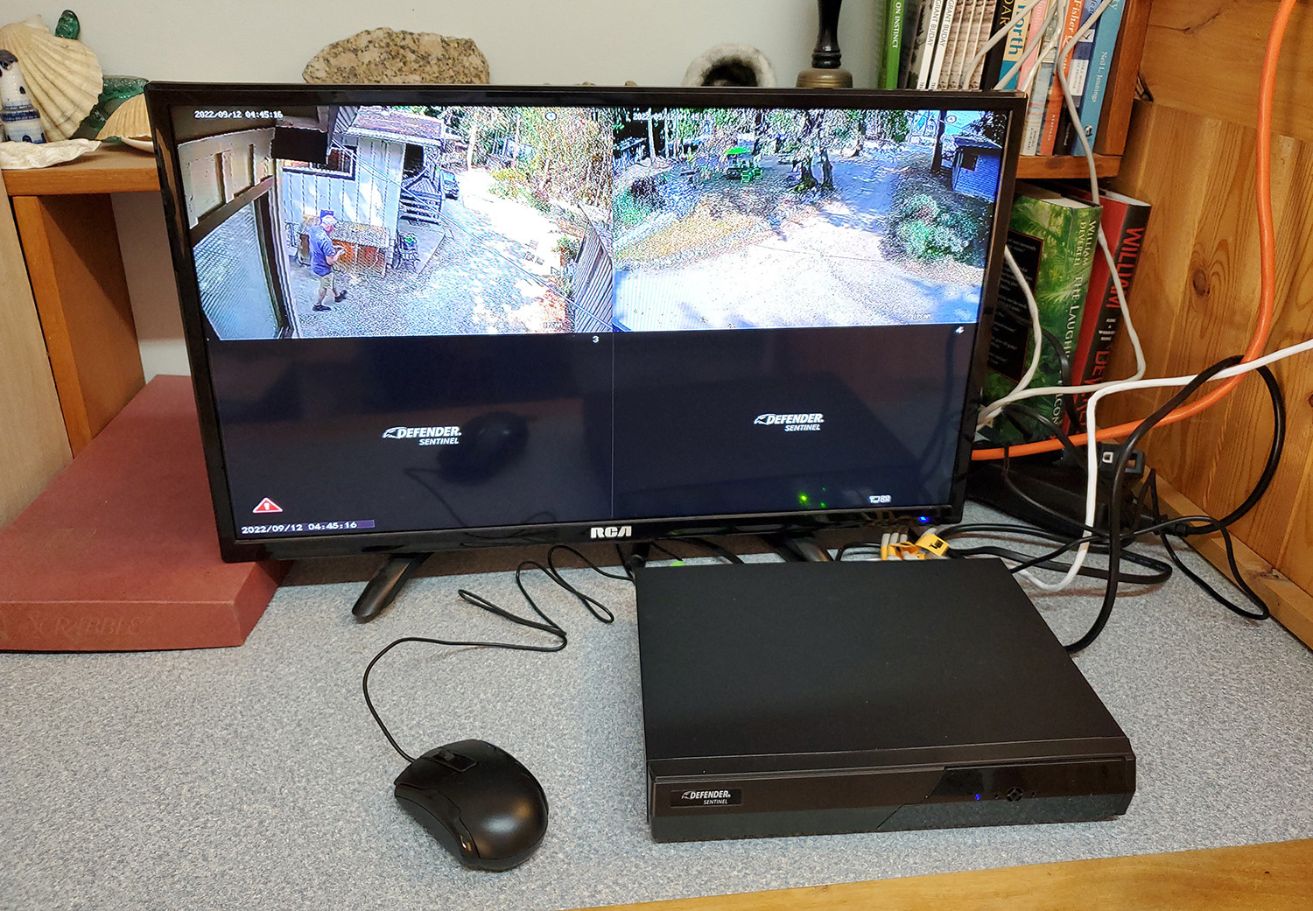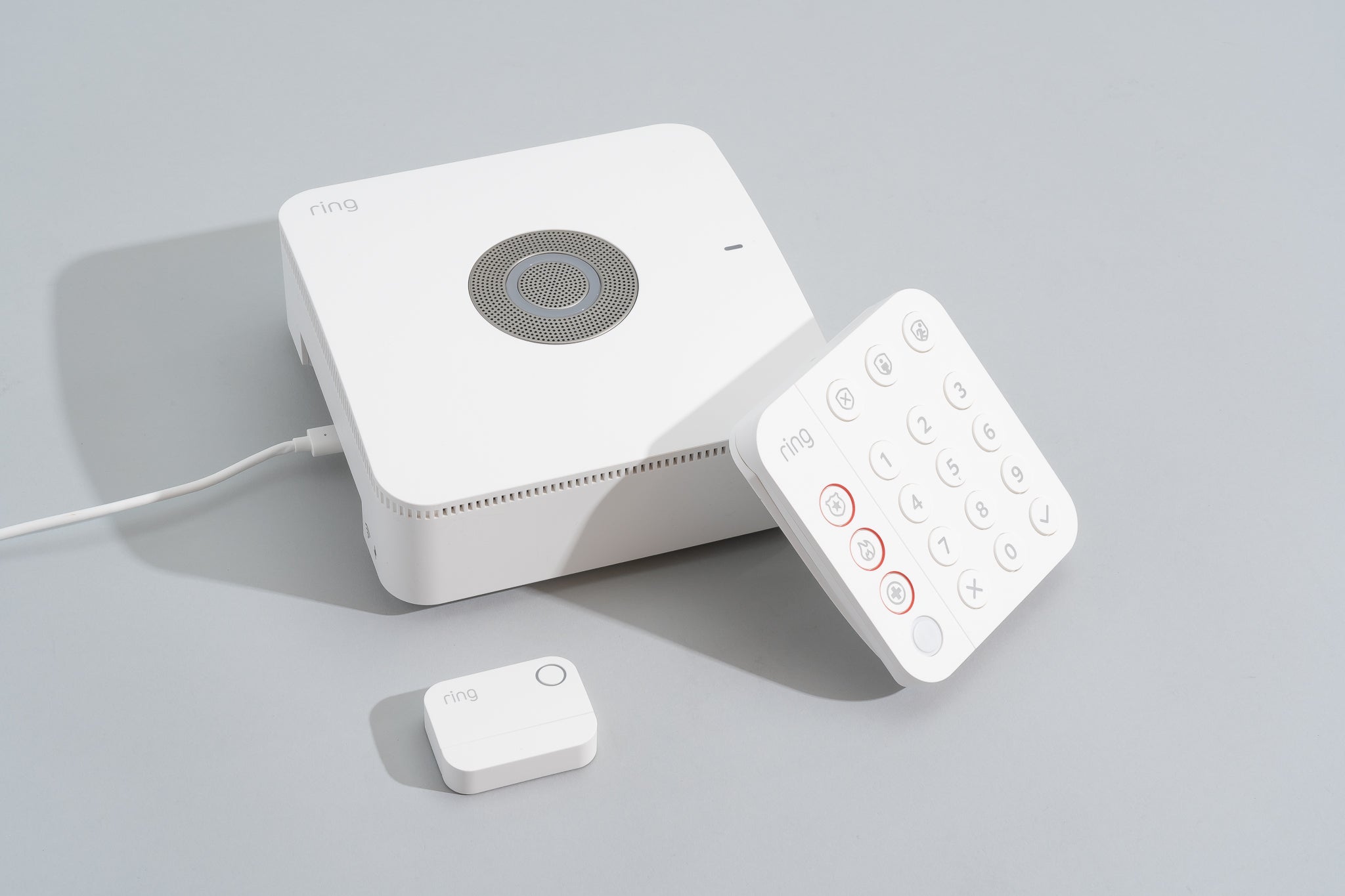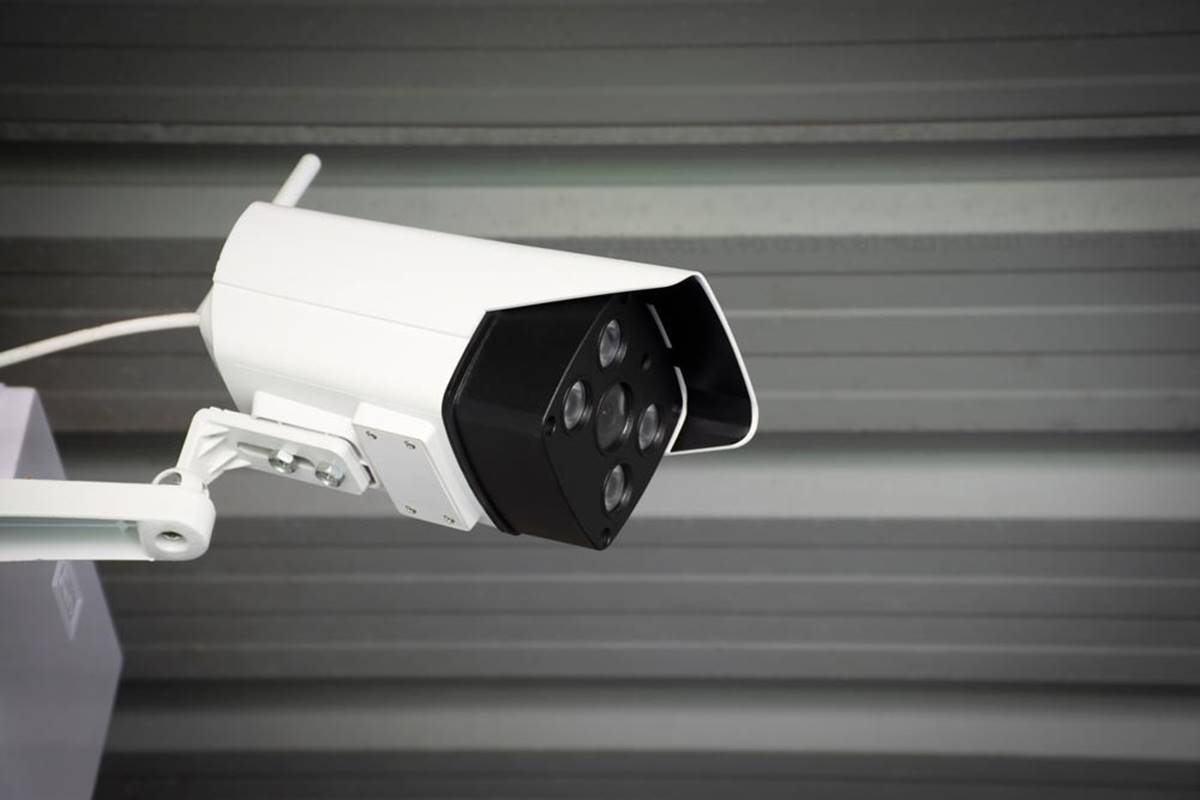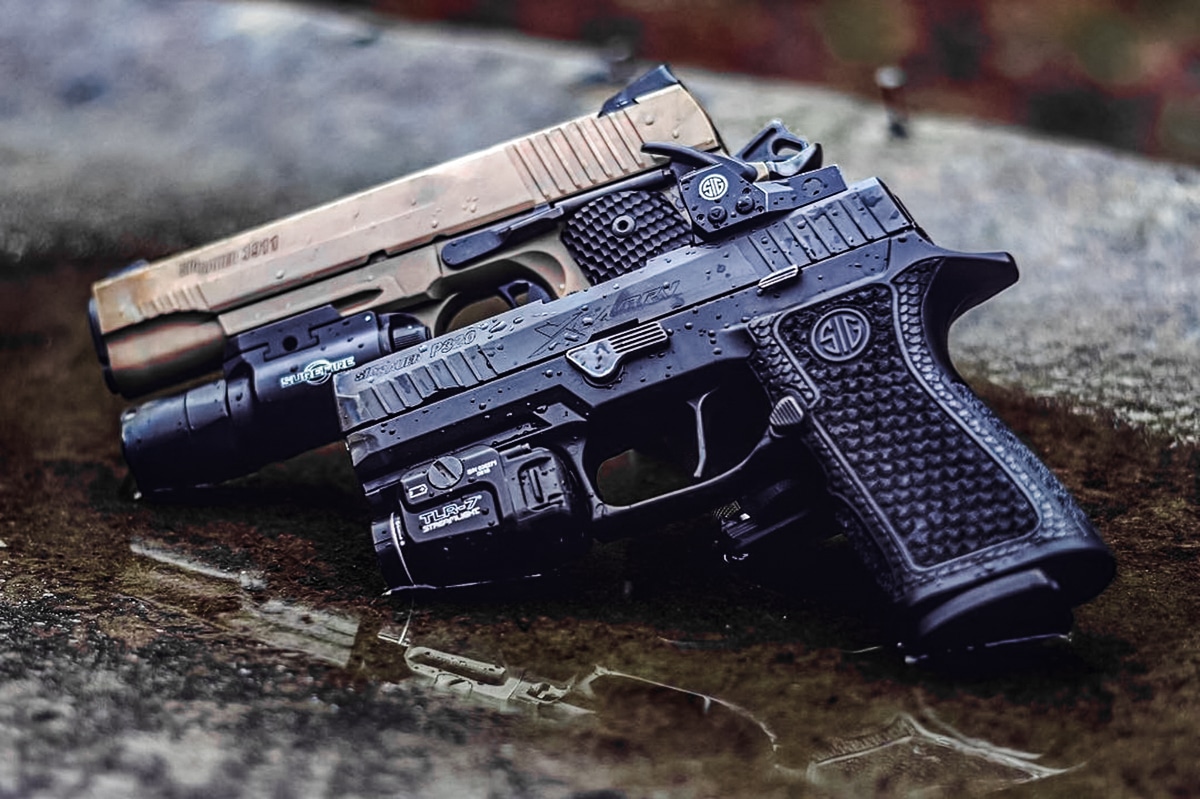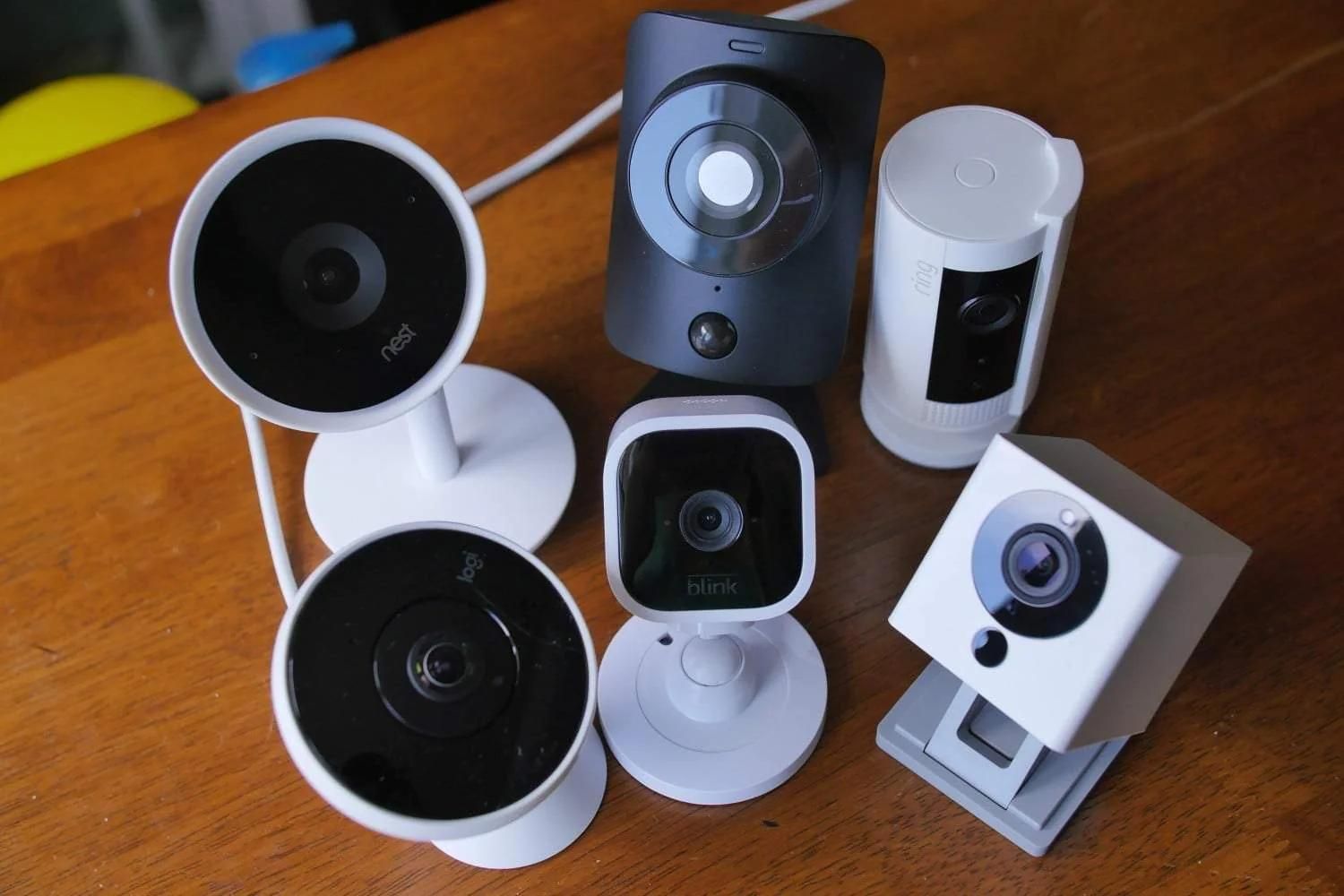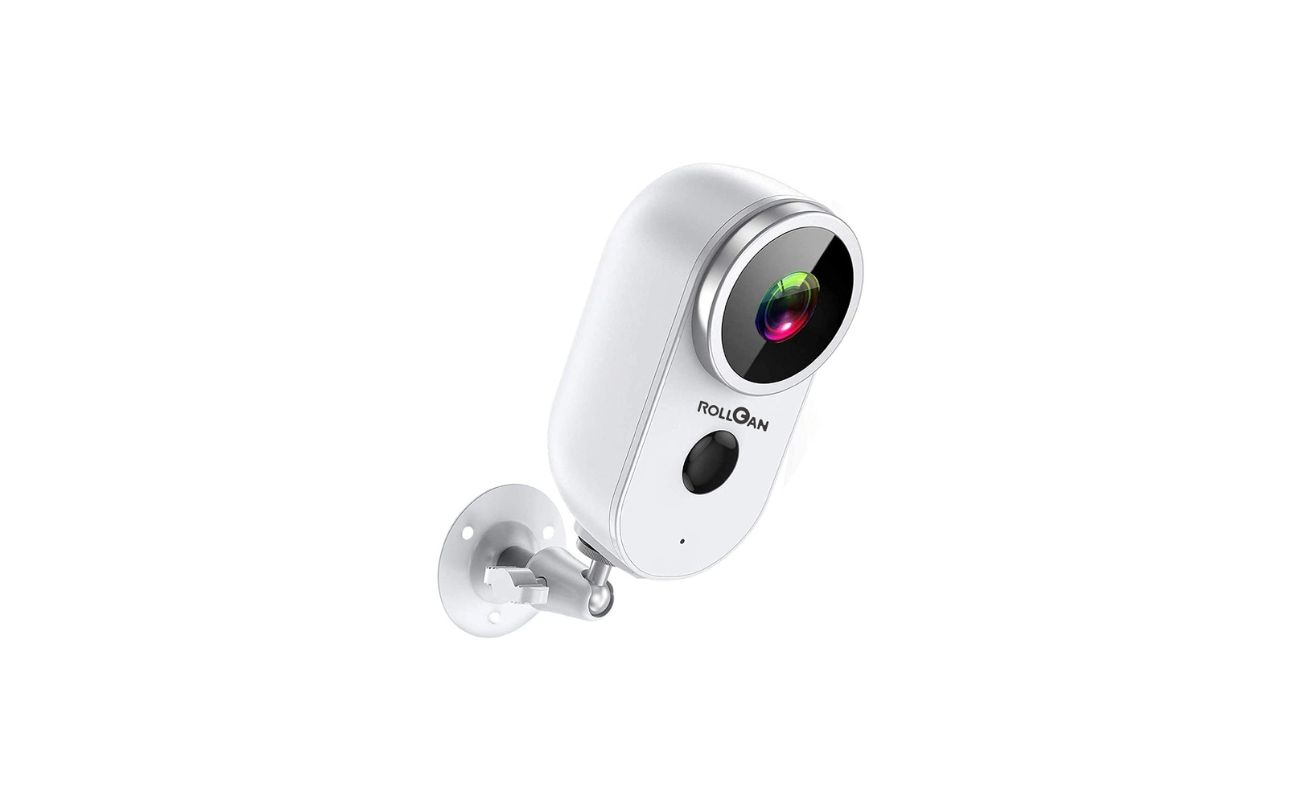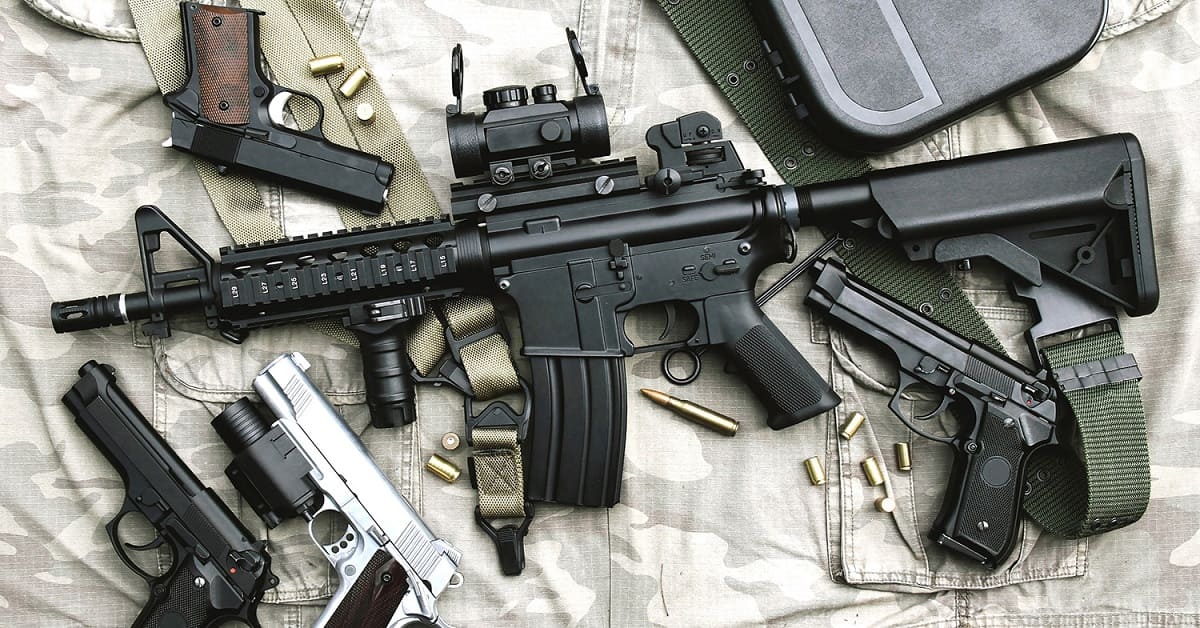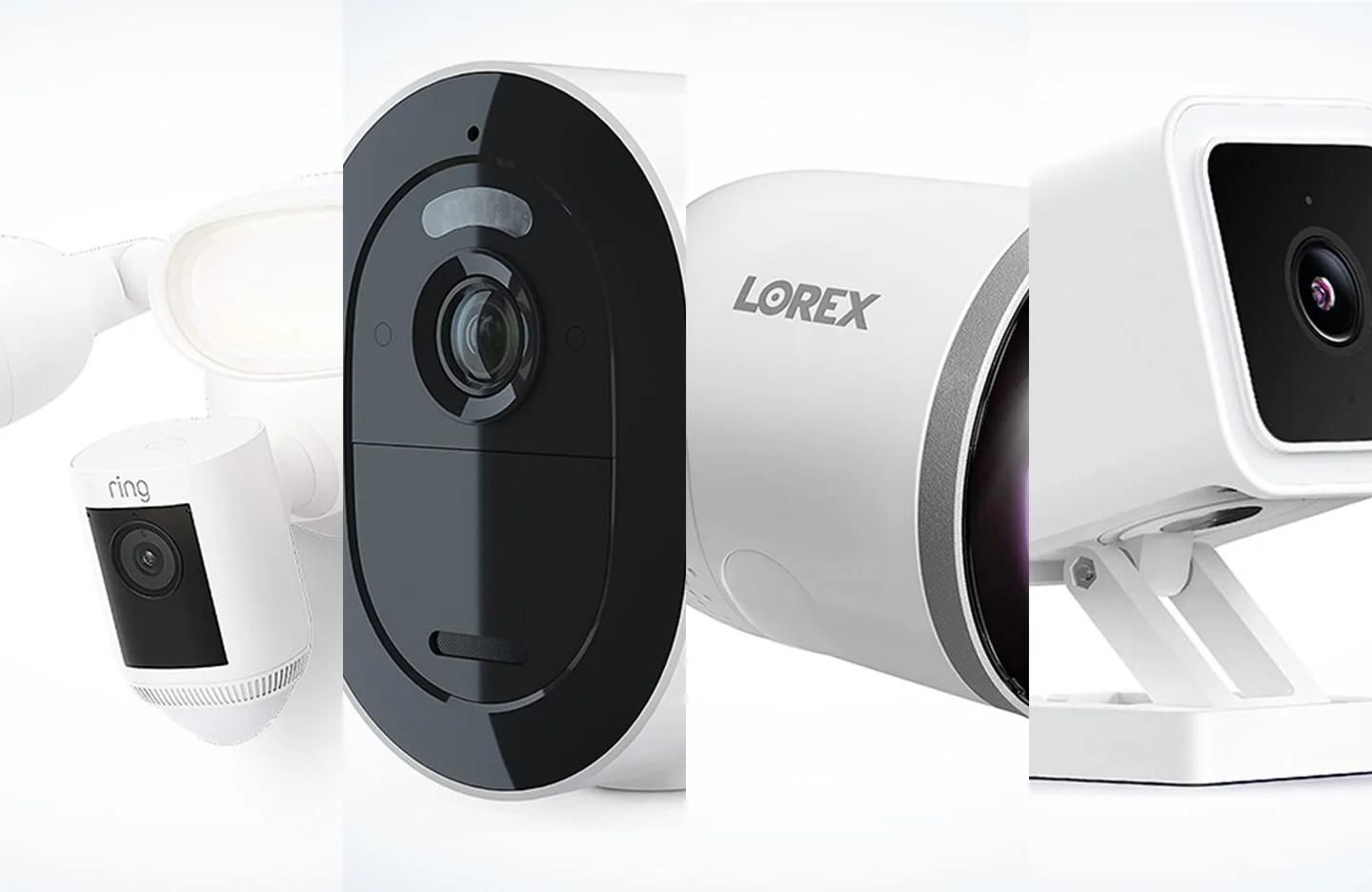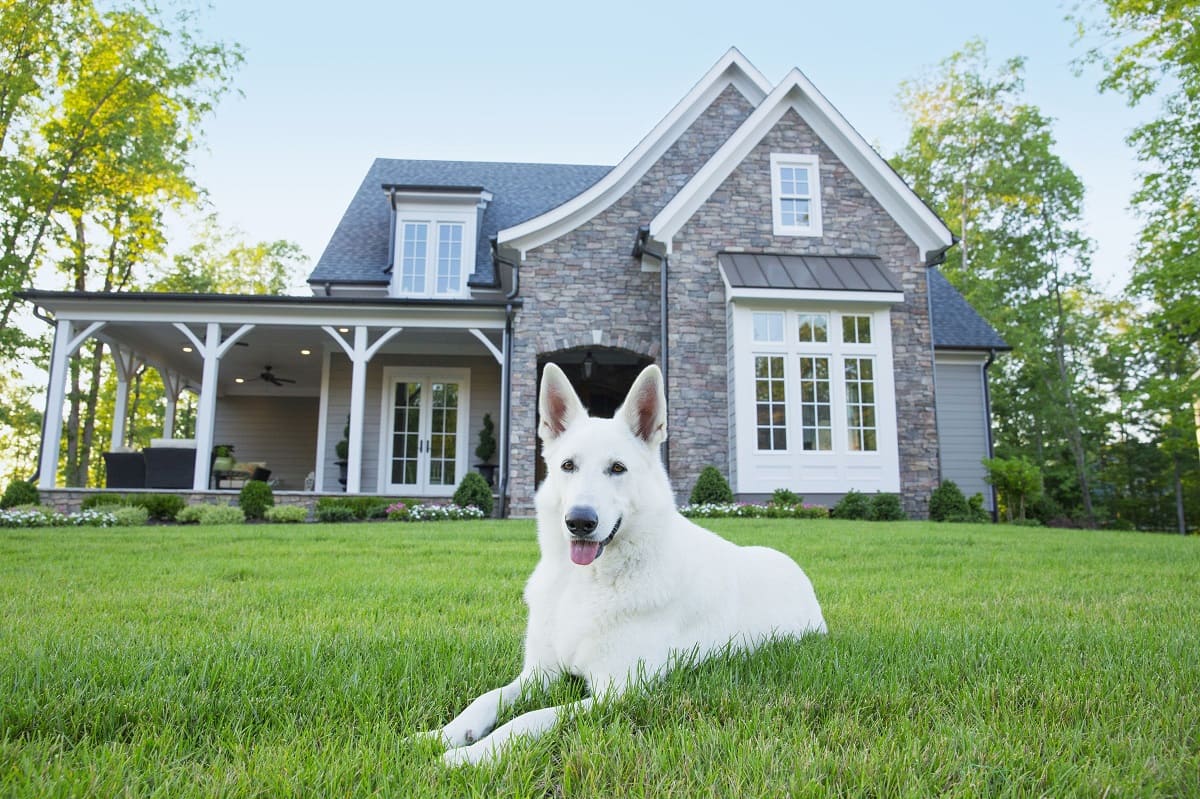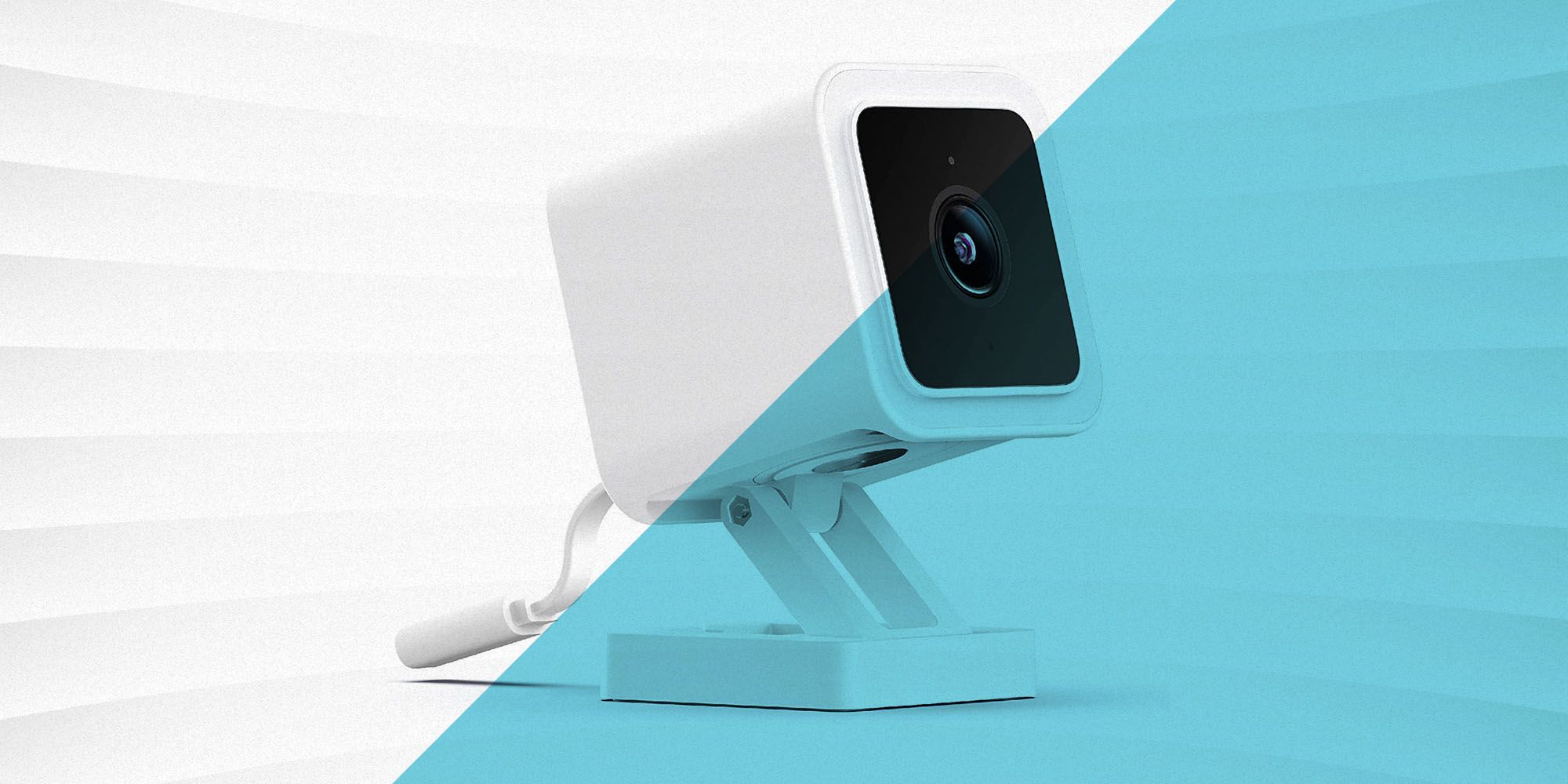Home>Home Security and Surveillance>What Is The Best Video Resolution For A Home Surveillance System
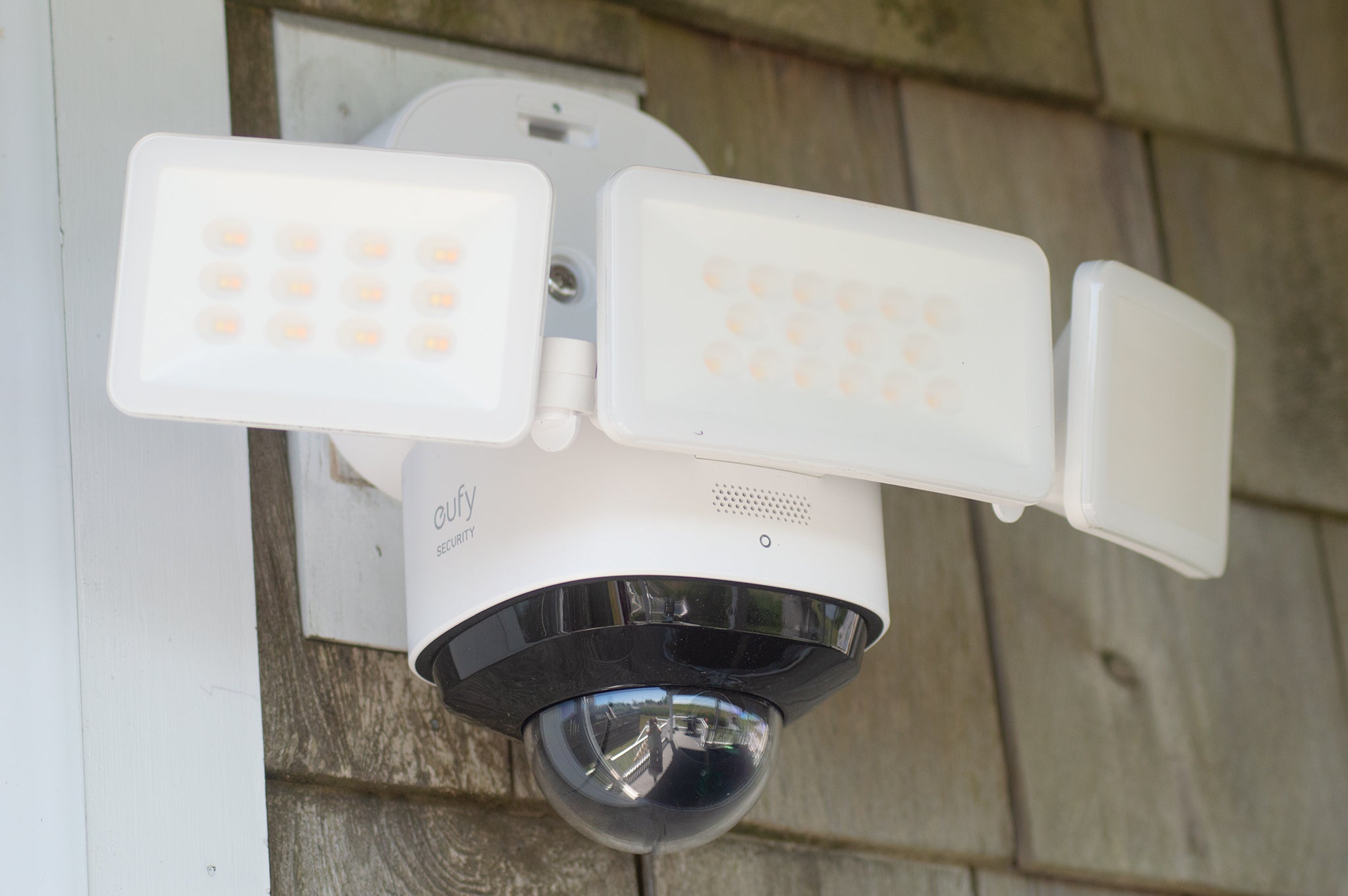

Home Security and Surveillance
What Is The Best Video Resolution For A Home Surveillance System
Modified: March 6, 2024
Find out the ideal video resolution for your home security and surveillance system. Enhance your protection with the best video quality.
(Many of the links in this article redirect to a specific reviewed product. Your purchase of these products through affiliate links helps to generate commission for Storables.com, at no extra cost. Learn more)
Introduction
Home security and surveillance systems have become increasingly popular in recent years. With the advancements in technology and the rising concern for safety, more and more homeowners are investing in these systems to protect their properties and loved ones.
A crucial component of any home security system is the video surveillance aspect. High-quality video footage provides valuable evidence in case of any incidents and acts as a deterrent to potential intruders. However, when it comes to choosing the right video resolution for your home surveillance system, there are several factors to consider.
In this article, we will explore the different video resolutions available for home surveillance systems and discuss the pros and cons of each. By the end of this article, you will have a better understanding of which video resolution is best suited for your specific needs and requirements.
Key Takeaways:
- Choose 720p or 1080p HD video resolution for clear home surveillance footage without excessive storage or bandwidth needs. It’s a balanced choice for most residential applications.
- For critical areas, consider 4K UHD resolution for incredibly sharp and detailed footage, but be prepared for increased storage and bandwidth requirements.
Read more: What Is The Best Security Camera Resolution
Factors to Consider in Choosing Video Resolution
When selecting the video resolution for your home surveillance system, there are several important factors to take into consideration. These factors will help ensure that you choose a resolution that meets your needs and provides clear and detailed footage. Here are some key factors to consider:
- Camera Quality: The quality of the cameras in your surveillance system is a significant factor in determining the suitable video resolution. High-quality cameras can capture and display more detail, allowing you to identify faces, license plates, and other important details. Lower-quality cameras may not be able to provide sufficient resolution even if the chosen video resolution is high.
- Storage Space: The video resolution affects the file size of the footage. Higher-resolution videos require more storage space. Therefore, it’s important to consider the available storage capacity of your system. If you have limited storage, you may need to compromise on the resolution to ensure that you have enough space to store the footage for an extended period.
- Bandwidth: Video surveillance systems that are connected to the internet require bandwidth to transmit the video footage. Higher video resolutions consume more bandwidth. If you have a limited internet connection or multiple cameras connected to the same network, it’s essential to consider the impact of higher resolutions on your bandwidth.
- Monitoring Devices: Think about the devices on which you will be viewing the footage. If you primarily use a high-resolution monitor or a large TV screen to monitor the surveillance feed, it makes sense to opt for a higher video resolution. However, if you mainly use smartphones or tablets, a lower resolution may suffice as these devices have smaller screens.
- Cost: The cost of the cameras and the infrastructure needed to support higher video resolutions can be higher. Consider your budget and factor in the cost of purchasing cameras capable of higher resolutions, as well as the additional storage and bandwidth requirements.
By carefully evaluating these factors, you can make an informed decision about the video resolution that best meets your home surveillance needs.
The Pros and Cons of Different Video Resolutions
When it comes to video resolutions for home surveillance systems, there are several options available, each with its own advantages and disadvantages. Understanding the pros and cons of different video resolutions will help you make an informed decision. Let’s explore some of the most common video resolutions and their characteristics:
- Standard Definition (SD): Standard definition is the most basic video resolution, typically found in older surveillance systems. The resolution is generally 640 x 480 pixels, which provides a decent level of detail. However, the quality may not be sufficient for identifying specific details, especially when zooming in on the footage.
- High Definition (HD): High definition video resolutions, such as 720p (1280 x 720 pixels) or 1080p (1920 x 1080 pixels), offer significantly improved clarity and detail compared to standard definition. HD resolutions provide clear images that enable better identification of objects and individuals in the footage. They are widely adopted for home surveillance systems and strike a good balance between image quality and storage requirements.
- 4K Ultra High Definition (UHD): 4K UHD resolutions, with a resolution of 3840 x 2160 pixels, offer the highest level of detail available for home surveillance systems. The increased resolution provides exceptionally sharp and clear images, enabling precise identification of facial features and other critical details. However, 4K UHD requires more storage space and bandwidth, which can add to the overall cost of the system.
Now, let’s consider the pros and cons of these different video resolutions:
- Pros of High Resolution:
- Clear and detailed images that allow for better identification of objects and individuals.
- Enhanced ability to zoom in on specific areas without losing image clarity.
- Increased deterrent effect on potential intruders due to the high-quality footage.
- Cons of High Resolution:
- Requires more storage space, which may necessitate investing in larger capacity storage devices.
- Consumes more bandwidth, potentially affecting network performance, especially with multiple cameras.
- Higher cost associated with purchasing cameras and supporting infrastructure capable of handling high-resolution footage.
Ultimately, the choice of video resolution depends on your specific requirements and constraints. Consider these pros and cons alongside the factors we discussed earlier to determine the most suitable video resolution for your home surveillance system.
For a home surveillance system, the best video resolution is 1080p (1920×1080 pixels) or higher. This provides clear and detailed footage for identifying people and objects.
Recommended Video Resolutions for Home Surveillance Systems
Choosing the right video resolution for your home surveillance system is crucial to ensure clear and detailed footage. While the optimal resolution may vary depending on your specific needs and circumstances, here are some recommended video resolutions for home surveillance systems:
- 720p (HD): HD resolution is a popular choice for home surveillance systems. With a resolution of 1280 x 720 pixels, it provides clear and detailed footage without requiring excessive storage space or bandwidth. HD resolution is suitable for most residential applications, as it offers a good balance between image quality and affordability.
- 1080p (Full HD): If you require even higher image clarity and detail, consider using a Full HD resolution of 1920 x 1080 pixels. Full HD delivers crisp and sharp video footage, making it easier to identify objects and individuals in the captured images. Keep in mind that Full HD requires more storage space and network bandwidth compared to HD resolution.
- 4K UHD: For those who prioritize the highest level of detail and want the clearest video quality, 4K UHD resolution is an excellent choice. With a resolution of 3840 x 2160 pixels, 4K UHD provides incredibly sharp and detailed footage. This resolution is recommended for scenarios where capturing fine details is critical, such as monitoring large areas or identifying specific features. However, be prepared for the increased storage and bandwidth requirements associated with 4K UHD.
It’s important to consider your specific needs, budget, and storage/bandwidth constraints when selecting the recommended video resolution for your home surveillance system. Additionally, ensure that the cameras you choose are capable of capturing and transmitting the desired resolution.
In some cases, it may be beneficial to mix different resolutions depending on the application. For example, you could use higher resolutions, such as 1080p or 4K UHD, for cameras monitoring critical areas, while using HD resolution for general surveillance coverage.
Remember, the key is to strike a balance between image quality, storage capacity, and cost. Assess your specific requirements and constraints to determine the most suitable video resolution for your home surveillance system.
Conclusion
Choosing the right video resolution for your home surveillance system is essential to ensure clear and detailed footage that can help protect your property and loved ones. By considering factors such as camera quality, storage space, bandwidth, monitoring devices, and cost, you can make an informed decision about the video resolution that best meets your needs.
Standard definition (SD) resolutions provide a basic level of detail but may not be sufficient for identifying specific details. High definition (HD) resolutions, such as 720p or 1080p, offer improved clarity and are commonly used in home surveillance systems. They strike a good balance between image quality and storage requirements.
For those seeking the highest level of detail and image clarity, 4K Ultra High Definition (UHD) resolutions are recommended. However, it’s important to consider the increased storage and bandwidth requirements, as well as the associated cost.
Ultimately, the choice of video resolution depends on your specific needs and constraints. HD resolutions like 720p and 1080p are suitable for most residential applications, providing clear and detailed footage without excessive storage or bandwidth requirements. 4K UHD resolution is ideal for scenarios where capturing fine details is critical.
Consider mixing different resolutions based on the application, using higher resolutions for cameras monitoring critical areas and lower resolutions for general surveillance coverage. This can help optimize image quality and manage storage and bandwidth resources effectively.
In conclusion, take the time to evaluate the factors, weigh the pros and cons, and select the recommended video resolution that suits your home surveillance system. With the right video resolution in place, you can have peace of mind knowing that your home is well protected and monitored.
Frequently Asked Questions about What Is The Best Video Resolution For A Home Surveillance System
Was this page helpful?
At Storables.com, we guarantee accurate and reliable information. Our content, validated by Expert Board Contributors, is crafted following stringent Editorial Policies. We're committed to providing you with well-researched, expert-backed insights for all your informational needs.
